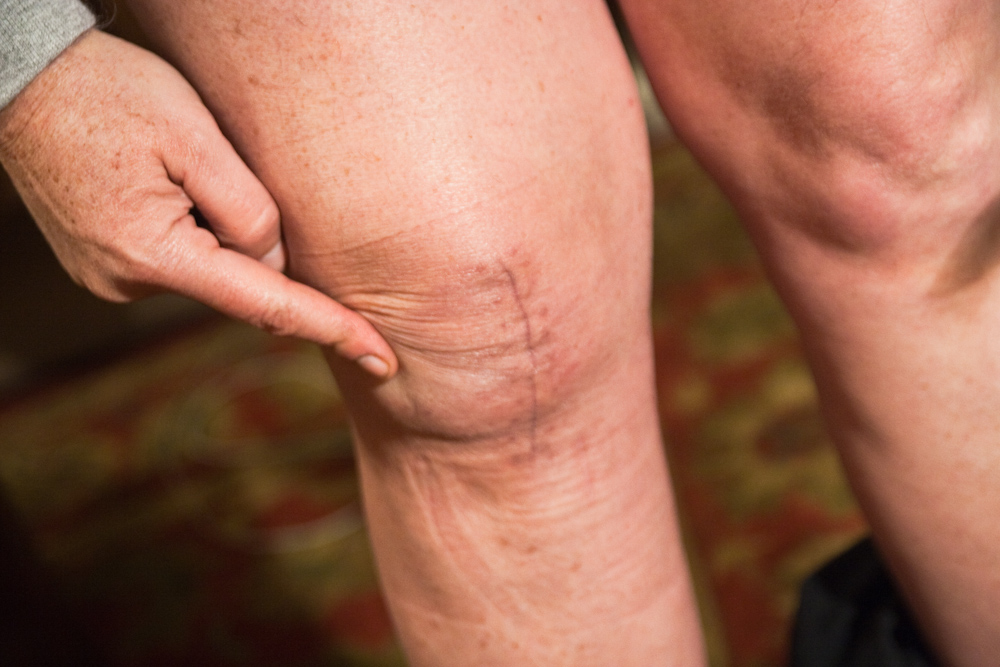Physical activity is key for promoting healthy circulation and overall wellness. For those seeking vein treatments, creating a targeted exercise plan can be an effective way to support vein health and address specific concerns. Incorporating the right movements into your routine can improve circulation and potentially enhance the results of vein treatments. This guide explores exercises that promote vein health, how physical activity supports circulation, and which exercises to approach with caution for individuals undergoing vein treatments.
What Types of Exercise Support Vein Health?
Engaging in purposeful exercises can contribute positively to vein function. These activities promote blood flow and enhance overall cardiovascular health, benefiting those seeking vein treatments or interested in preventive care.
Some types of exercises that support vein health include:
- Walking: Gentle on the body and easy to incorporate into daily life, walking encourages blood flow in the legs.
- Cycling: Either outdoors or on a stationary bike, cycling stimulates the leg muscles and supports circulation.
- Swimming: This low-impact exercise reduces strain on the body while promoting full-body movement for improved blood flow.
- Yoga: Poses like leg elevation enhance circulation and reduce pressure in the feet and ankles.
Integrating these activities into your schedule can help maintain vein function and support overall health. Even short sessions of 20–30 minutes can make an impact, as they promote improved blood flow over time. Building a balanced schedule with a mix of these exercises can provide comprehensive benefits without overexerting the body.
How Does Physical Activity Improve Circulation?
Physical activity can enhance circulation in several ways. Movement encourages the muscles to pump blood back toward the heart, reducing blood pooling in the lower body. Regular activity also promotes stronger veins and arteries, creating a more efficient circulatory system.
Aerobic exercises, such as walking or swimming, encourage rhythmic muscle contractions. This process supports blood movement through the veins and prevents strain on the cardiovascular system. Over time, this may reduce discomfort commonly associated with vein conditions. Physical activity also maintains overall vascular elasticity, benefiting long-term circulatory health.
Strength training exercises can complement aerobic activities. Targeted leg exercises like calf raises improve muscle tone and support blood flow. Including a mix of activities tailored to your capabilities can effectively enhance circulation while addressing vein health.
Which Exercises Should You Avoid With Vein Conditions?
Some exercises, while beneficial for overall fitness, may not suit individuals dealing with certain vein conditions. High-impact or high-pressure movements can aggravate vein health by increasing strain on the legs.
Activities to avoid include:
- Heavy Weightlifting: Straining during lifts increases abdominal and venous pressure, leading to challenges for vein health.
- Running Long Distances: While running has cardiovascular benefits, high-impact strain on the joints and veins may worsen specific conditions.
- High-Intensity Jumping Exercises: Movements that involve repetitive, jarring motions, such as jump squats, can put extra pressure on the veins.
- Prolonged Standing Workouts: Classes like barre or certain yoga poses requiring long periods of standing can reduce circulation in the legs.
Focusing on forms of exercise that alleviate pressure on the legs while promoting blood flow can make a noticeable difference. Discuss your routine with a specialist to address any underlying conditions and adjust as needed to reduce potential risks.
Consult a Specialist For Options In Vein Treatments
While exercise provides many benefits for circulation and general wellness, it is also valuable to explore professional guidance for managing vein health. If you have existing vein conditions or are interested in preventive care, a specialist can tailor a plan to suit your needs.
Your exercise routine is one component of a broader approach to maintaining vein health. If you’re ready to take the next step, consult a vein treatment specialist who can provide personalized recommendations and care. Schedule your consultation today to learn more about optimizing your vein health.
- FREHF – The Revolutionary Future Of Human-Centered Technology!
- Adsy.Pw/Hb3 – Boost Your SEO And Drive More Traffic!
- Fitness Based Vacations By Timeshealthmage.com!
- TimesHealthMag Tips For Improving Sleep Quality – Expert Advice For Better Rest!
- How TimesHealthMage Helps Improve Your Lifestyle Habits!


Leave a Reply